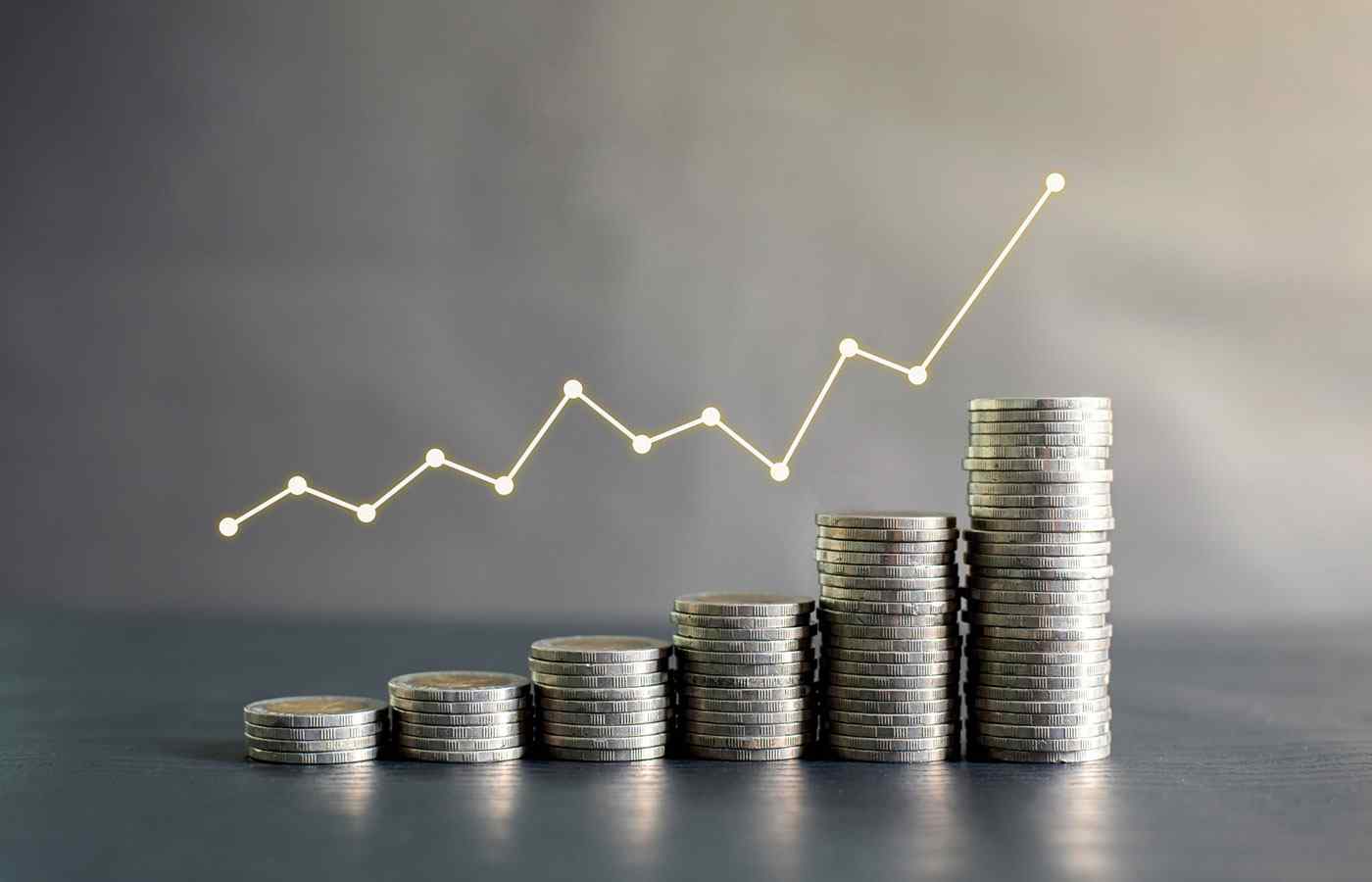Stagflation is a rare and problematic combination of high inflation, low economic growth, and a high unemployment rate. Economists once believed stagflation to be impossible. However, in the 1970s, this belief was disproven. And what followed was nearly a decade of volatile and chaotic economic activity.
What is stagflation?
Stagflation is a term used to describe a malfunctioning economy. The price of goods and services keeps rising, trigging inflation. Meanwhile, economic growth comes to a standstill. With business earnings under pressure even after raising prices, unemployment begins to climb.
Needless to say, it’s not good. And to make matters worse, fixing such economic conditions is exceptionally difficult. A central bank, such as the Federal Reserve or Bank of England, only has limited tools to control monetary policy. And these often can’t be used in combination.
Introducing a contractionary monetary policy to bring down inflation. But it will also cause further unemployment and likely lead to a recession as economic activity slow even more. On the other hand, stimulating the economy will help reduce unemployment and reintroduce growth. Unfortunately, this course of action will also cause inflation to climb higher. It’s a catch-22.
What causes stagflation?
There is no common consensus on what leads to such a rare economic event. However, looking at historical examples, a few factors theoretically can lead to another round of stagflation.
- Supply Shocks – When an economy experiences a sudden increase in demand or decrease in the supply of a commodity or service, it creates a supply shock. This can lead to sudden surges in the price of these goods, trigging inflation. This was a major contributing factor to stagflation in the 1970s. In 1973 the Organisation of the Petroleum Exporting Countries (OPEC) triggered an oil embargo against Western countries, including the United States and the United Kingdom. This sent the global oil price through the roof, increasing the cost of energy and production, leading to pay cuts, higher unemployment and inflationary price hikes.
- Poor Economic Policy – Prolonged periods of artificially low unemployment can lead to a wage-price spiral. This is where employees demand higher salaries. Companies that issue raises to workers pass on this cost to customers by increasing the price of their goods and services. This creates inflation resulting in more demand for further salary increases in a vicious cycle. The end result is low unemployment with rising inflation.
- Loss of Gold Standard – In the past, the US Dollar and UK Pound Sterling’s value were linked to gold’s price. However, this currency policy was eventually abolished to give governments and central banks more flexibility when resolving economic disruptions. However, this also opened the door to excessive increases in the money supply. If not correctly handled, it can create out-of-control inflation. And in extreme cases, even hyperinflation.
Is stagflation worse than a recession?
Yes, stagflation is significantly more problematic than a regular recession. The latter is a reasonably common event since economies operate in cycles. And there are always periods of expansion followed by contraction.
However, typically recessions do not come paired with high inflation. As such, a central bank can enact a new expansionary monetary policy to stimulate economic growth. This usually entails increasing the money supply sufficiently to improve access to capital for businesses without creating excessive inflation.
During stagflation, fixing a recession is far more challenging. Central banks will typically choose to tackle the problem of high inflation before addressing a recession. But since an economy is already often in a recession during stagflation, contractionary monetary policy will increase the severity and pressure on consumers and businesses.
Only once inflation is back under control will the central banks begin to stimulate the economy again. But to ensure inflation remains within target levels, this process can take years, during which poverty, starvation, and unemployment are all at heightened levels.
| Stagflation | Inflation | |
|---|---|---|
| Economic Growth | Decreases | Increases |
| Unemployment | Increases | Decreases |
| Rising Prices | Yes | Yes |
How to fix stagflation?
Due to the rarity of this economic event, there is no known definitive solution to fixing it. However, economists have developed general theories of what must be accomplished to restore an economy and currency.
One plausible solution is to grow economic output and increase production to the point where growth can be achieved without creating additional inflation. This will help resolve any supply shocks. And it also enables a central bank to introduce a contractionary monetary policy to reign in inflation without harming economic growth.
Of course, achieving this is far easier said than done. And it can often require radical and disruptive decision-making by governments that will likely lead to civil unrest.
Which countries have experienced stagflation?
The most famous example of stagflation is the United States during the 1970s. The country enjoyed significant economic expansion in the 1950s and 1960s following the end of the second World War. However, the booming economy resulted in bad economic policies being introduced by the government as well as the abolition of the gold standard.
Alone these decisions weren’t a major issue. But when paired with a supply shock of oil, it turned into a catastrophe. In 1973 OPEC announced its oil embargo against nations who supported Isreal during the Yom Kippur War.
With the American economy highly dependent on oil for transportation and manufacturing, economic growth ground to a halt while product prices skyrocketed. Businesses were forced to start laying off employees, creating a rise in unemployment. The end result was high inflation, stagnant economic growth, and high unemployment.
Stagflation also spread to the UK economy during the same period for similar circumstances. But additionally, the UK suffered further supply shocks from the loss of imports from its colonies as many claimed their independence. This, paired with miner strikes, sent inflation as high as 40%.
The bottom line
The three characteristics of stagflation are a very deadly combination for everyone: the people, the government, and the whole economy. With no real solution to deal with it, central banks are very cautious to prevent the conditions of stagflation from occurring in the first place.
Discover market-beating stock ideas today. Join our Premium investing service to get instant access to analyst opinions, in-depth research, our Moonshot Opportunities, and more. Learn More
This article contains general educational information only. It does not take into account the personal financial situation of the reader. Tax treatment is dependent on individual circumstances that may change in the future, and this article does not constitute any form of tax advice. Before committing to any investment decision, an investor must consider their individual financial circumstances and reach out to an independent financial advisor if necessary.





